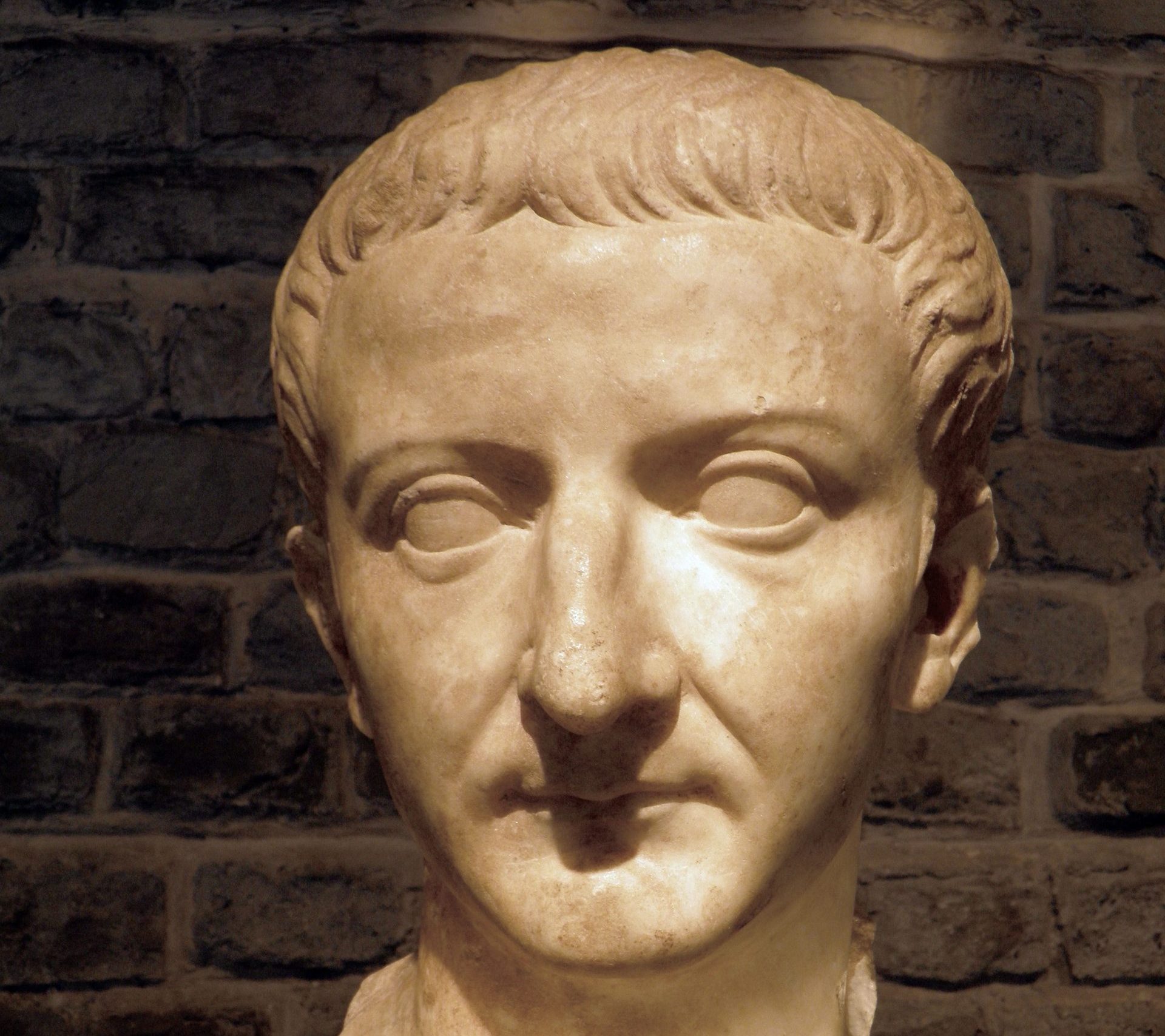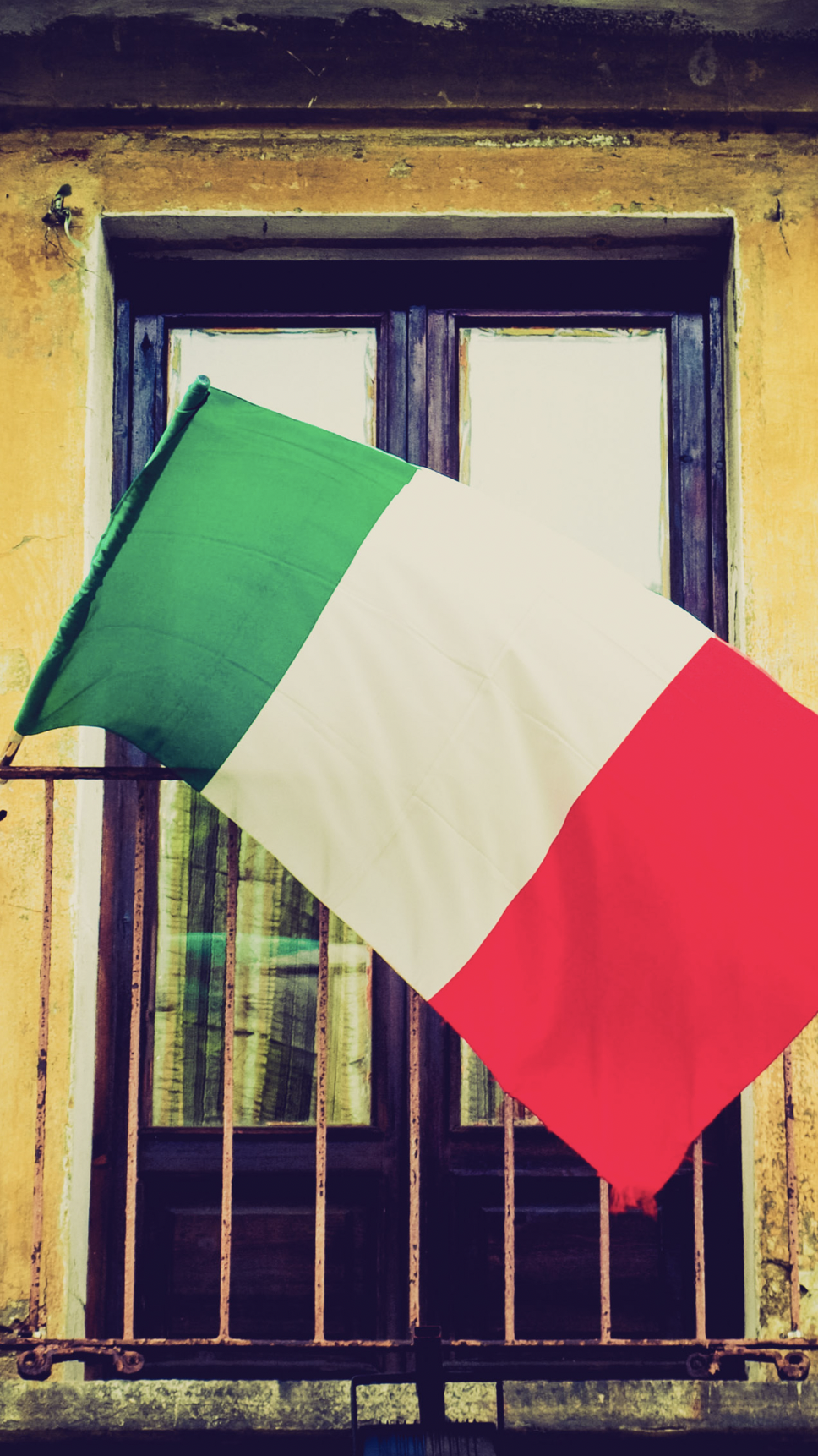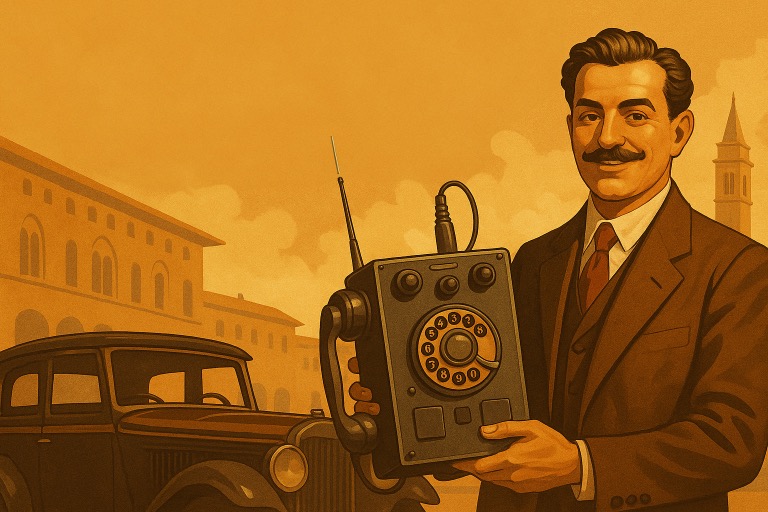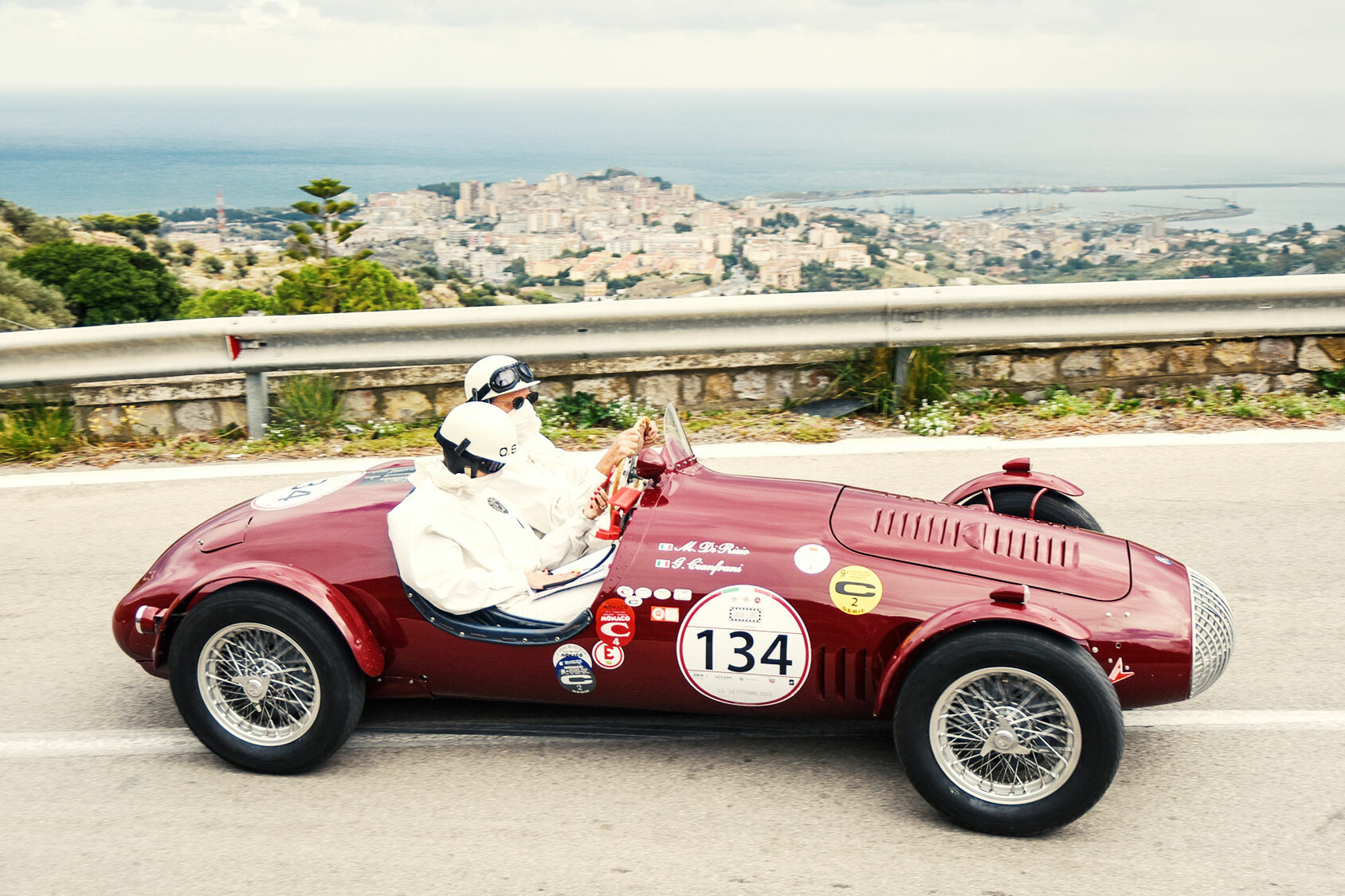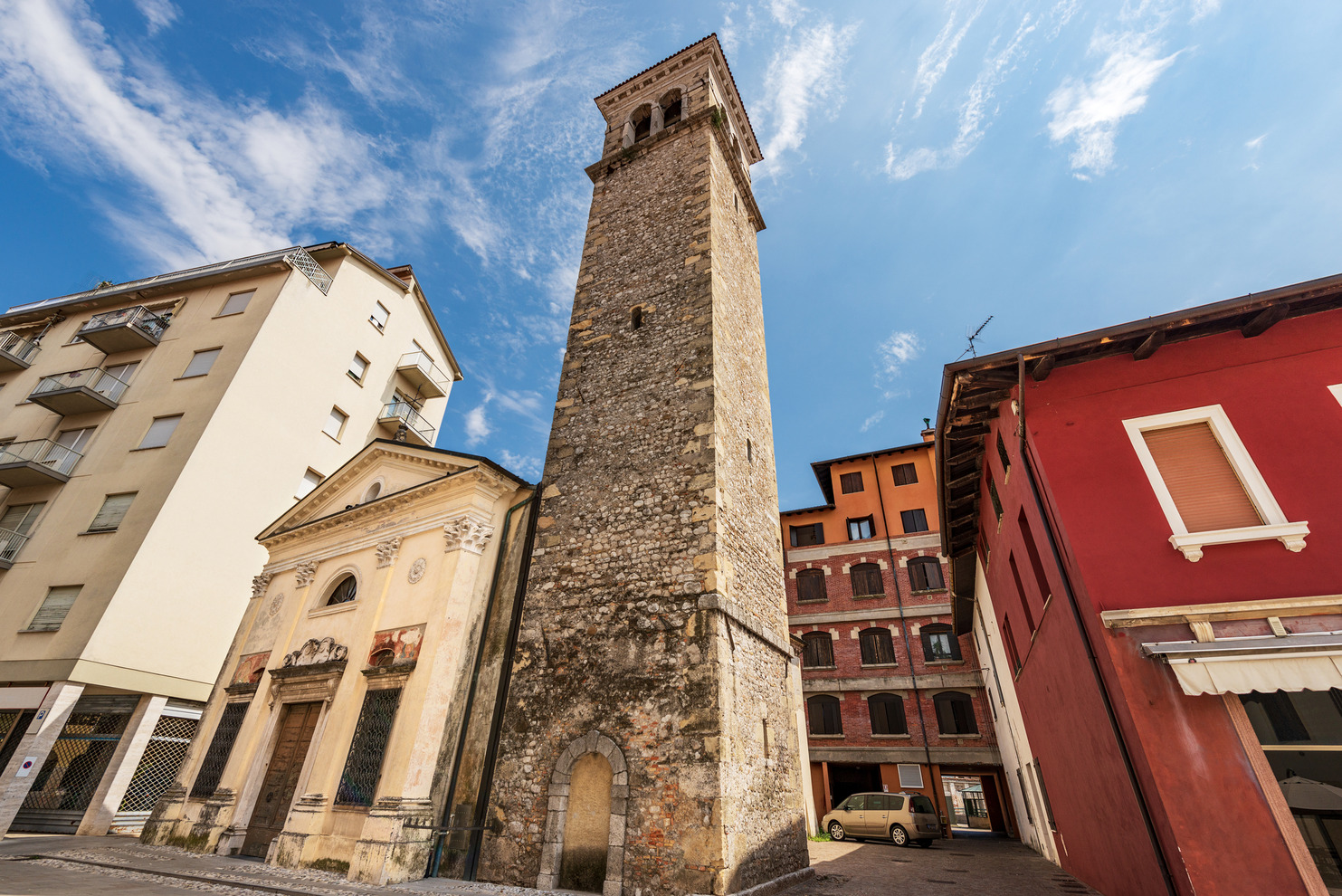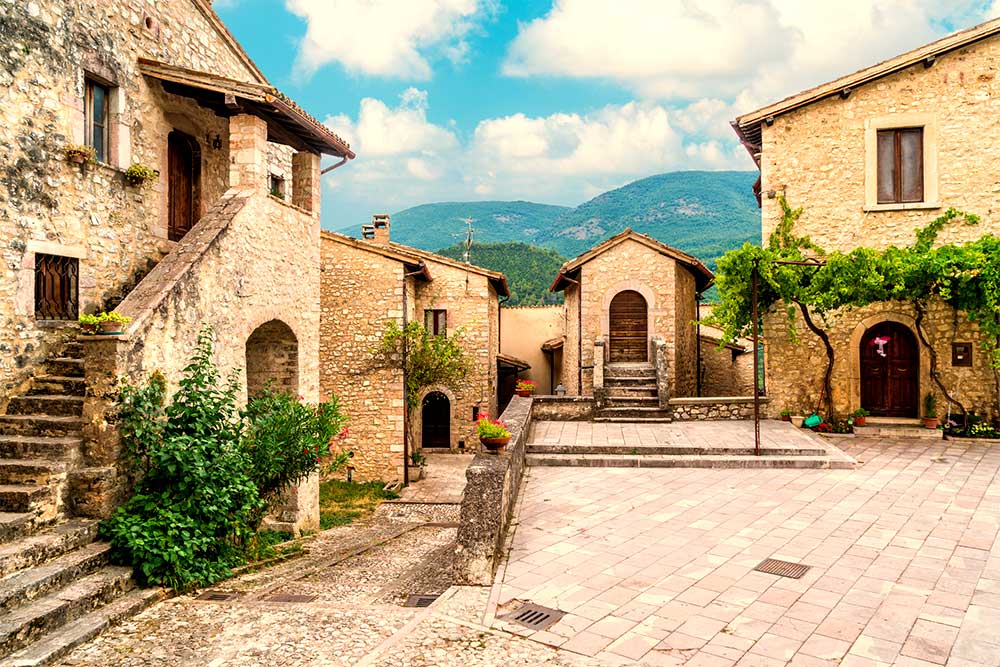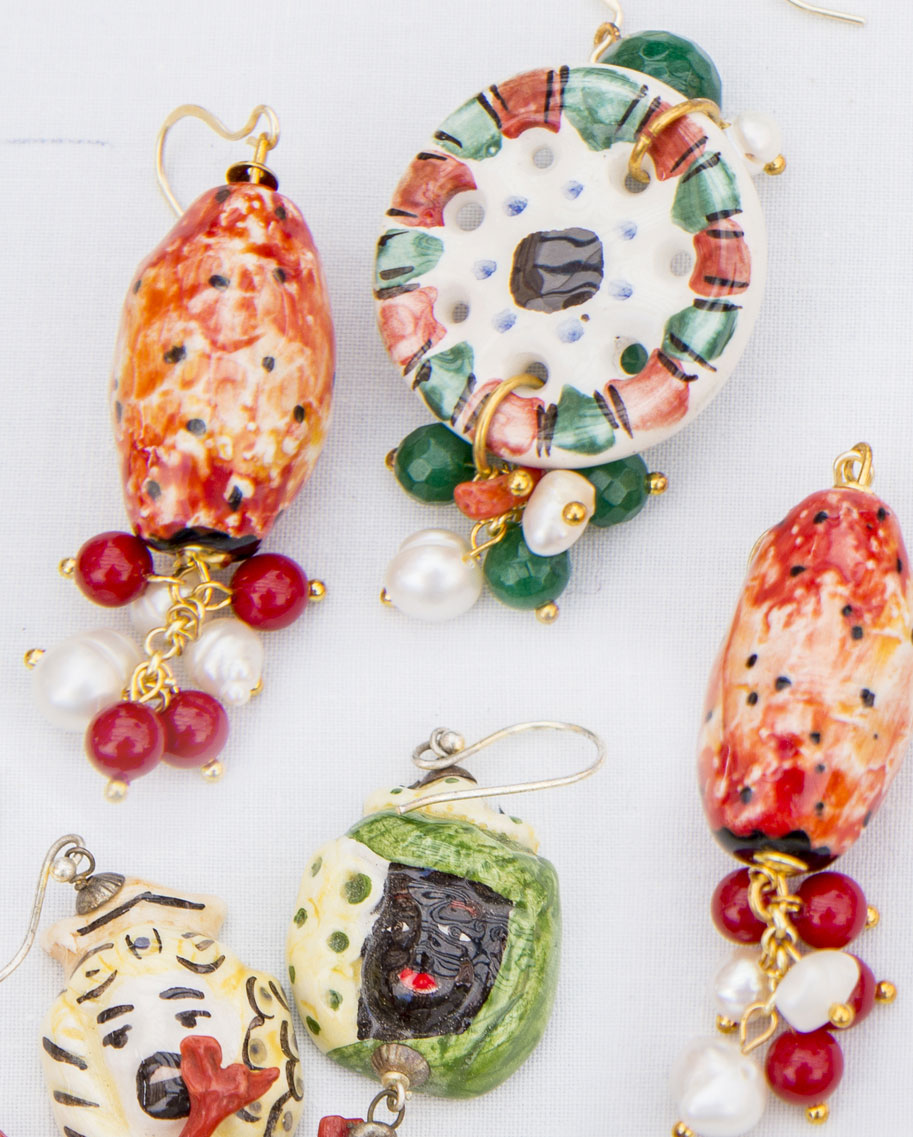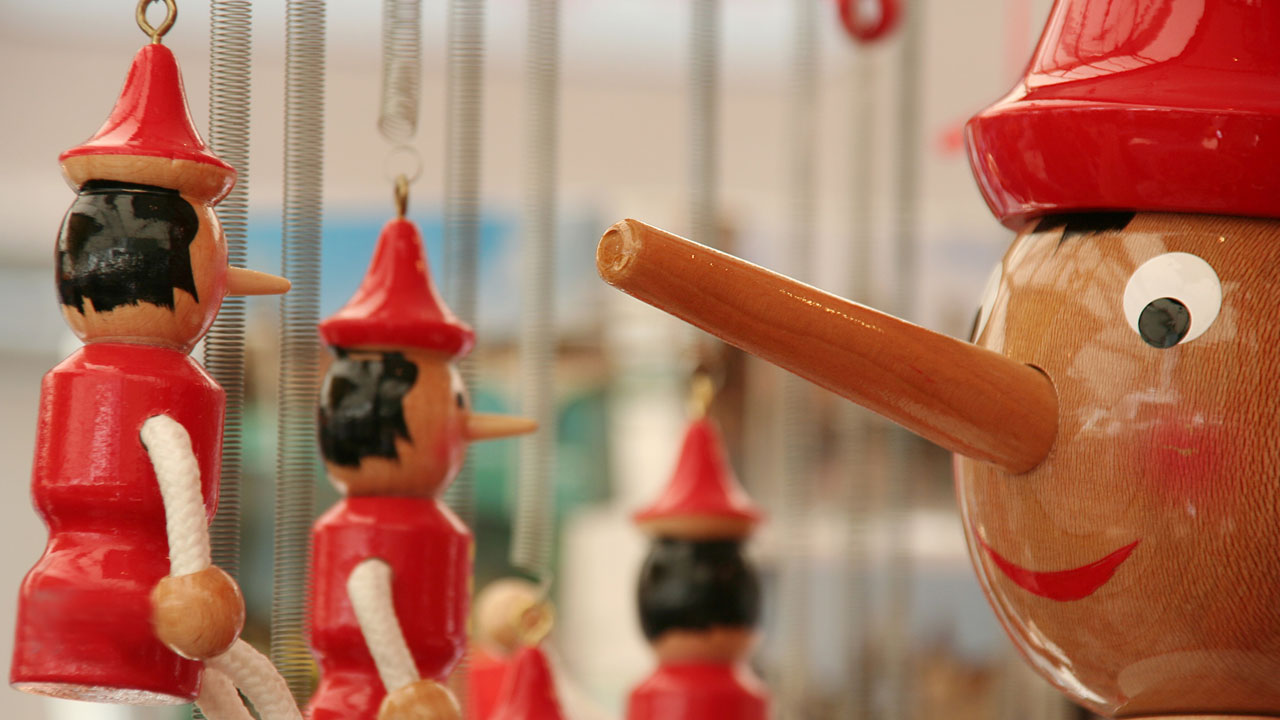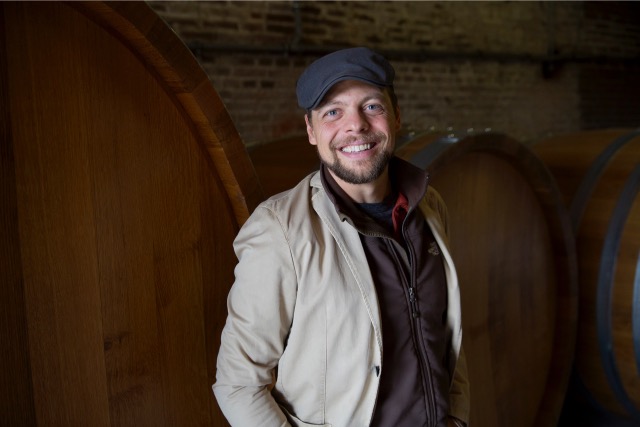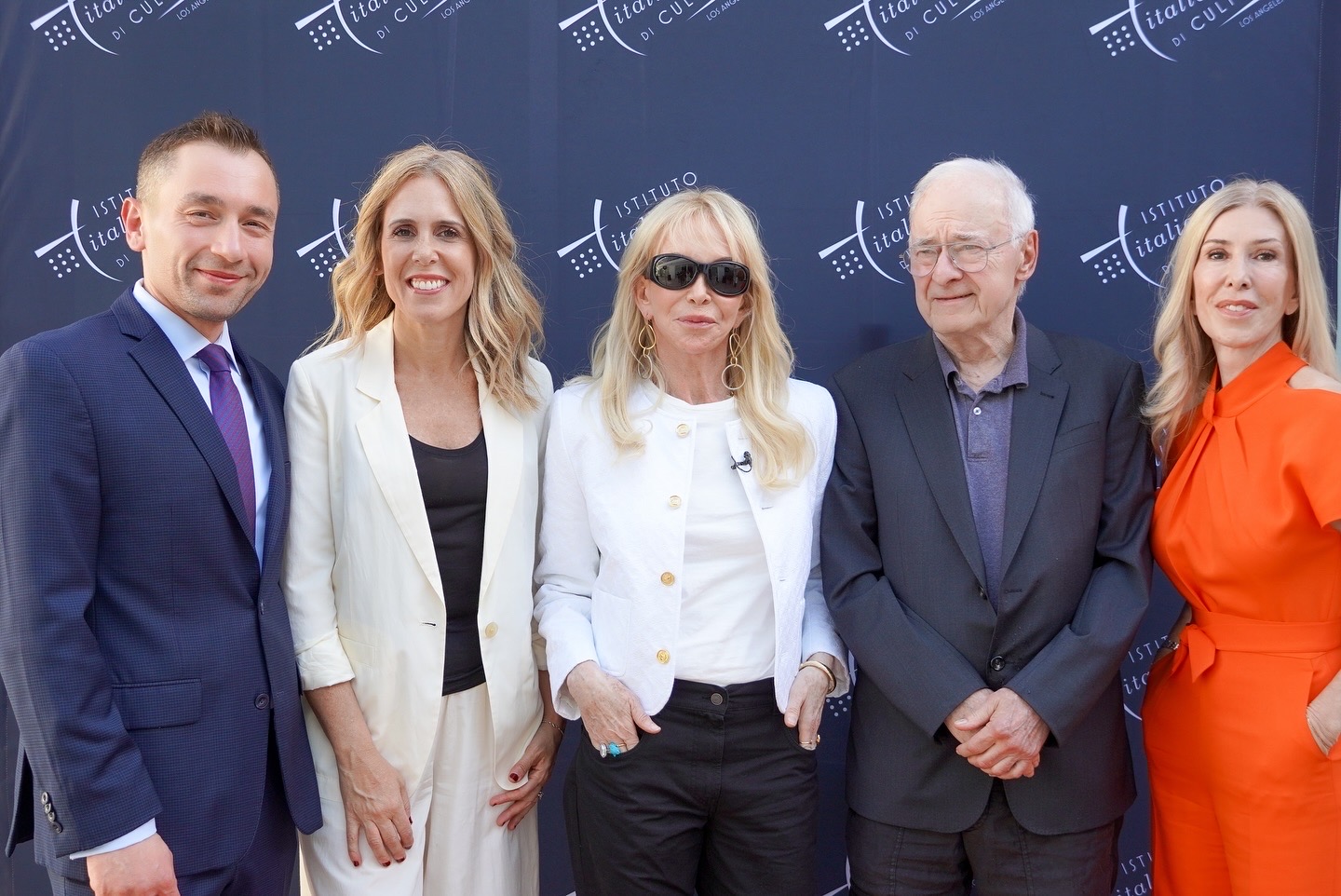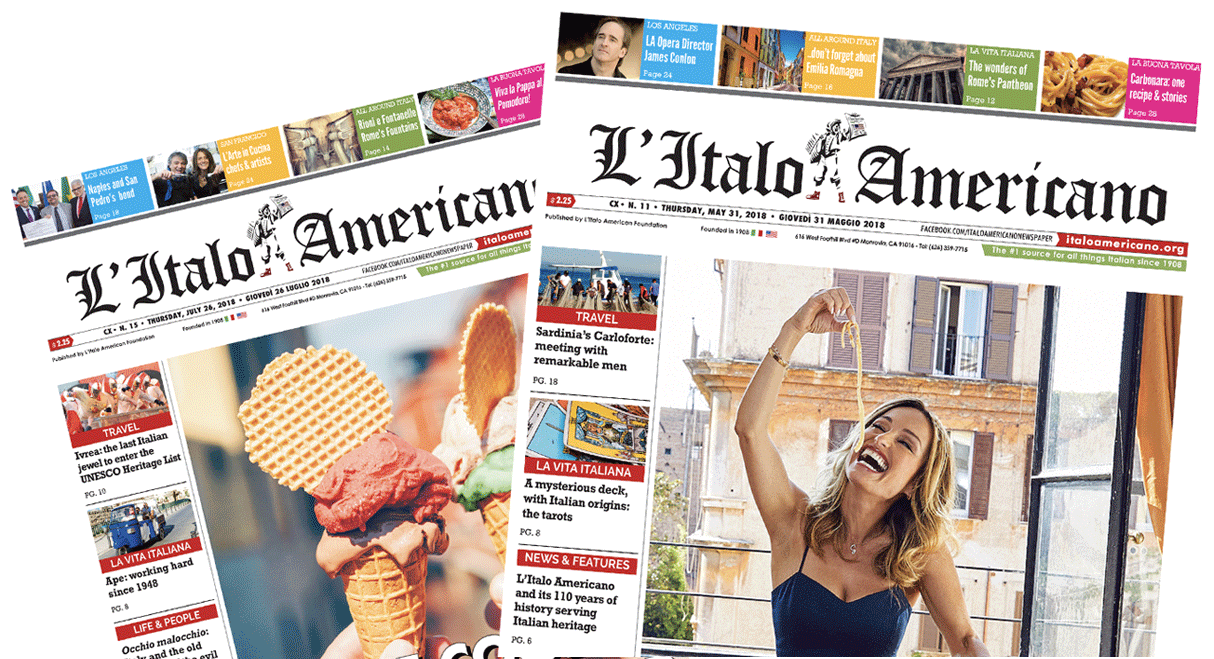Continuing their long standing collaboration with the Getty Villa, the Patrons held their annual Spring ‘Members Only’ visit on Sunday Feb. 2, to experience the magnificent “Tiberius” exhibition. Prior to their exclusive tour a café luncheon was enjoyed by all members and the Patrons were honored with the presence of Dr. David Saunders, Ph.D., Assistant Curator of Antiquities.
Dr. Saunders gave the members a ‘pre-tour’ overview of the details that went into the extensive planning and coordination between the Getty and the National Archaeological Museum in Naples, prior to the arrival and the major restoration undertaken by the Getty experts.
After a lovely luncheon, Dr. Saunders gave the Patron members a most wonderful private tour, which was made even more interesting, given his incredible knowledge of the Herculaneum archeological site where the Tiberius was unearthed in 1741, reports Paul Romano, Patron President. A review of the ‘family tree’ of Tiberius put all the players in this ancient melodrama into place.
Saunders explained that only after the completion of a year-long conservation study was the eight-foot high, 1,050# bronze portrait from Herculaneum, brought back on display for the first time in nearly 20 years. The Getty exhibition “Tiberius: Portrait of an Emperor” sought to present a more balanced view of this complex and compelling character, the second Emperor of Rome.
Saunders related the other, often overlooked aspects of this second ruler of Rome. When he died, Tiberius left Rome secure and solvent, which was no small achievement. He was also a highly respected military commander in his younger years, and was extolled for expanding and securing the boundaries of the Roman Empire. Throughout his life, he was fascinated by Greek art and culture and was deeply immersed in philosophy and literature. There is much more to him than the monstrous figure that emerges from the gossipy writings of Tacitus and Suetonius relates Saunders. As the 2000th anniversary of his accession to power occurs in 2014, Saunders believes Tiberius is deserving of a fair hearing.
As mentioned above the portrait has been off view for some time, and the Getty restoration experts primary goal was to stabilize it for future display which involved development and placement of many internal structural supports.
Saunders related some of the issues regarding what happened in the Bay of Naples after the portrait was discovered on that August day in 1741. A key aspect of the conservation project was the cleaning of the figure, given what had happened to the statue’s surface over the centuries. It is estimated that the figure was created about 37 A.D. and was buried in the eruption in 79 A.D.
Through careful study, experts learned that through the years the statue had been subjected to several applications of wax, and that dust and grime had accumulated in each layer, dulling the appearance of the surface — and most probably necessitating the application of yet additional wax layers. These layers were removed gradually, using mixtures of solvents applied by a cotton swab, brush or poultice, depending on the amount of wax build-up.
The final results are nothing less than magnificent. The Patrons were informed that the Tiberius exhibit has been extended until September of this year before it returns to the Naples Museum. Readers are encouraged to make a reservation and see this amazing example of Roman art and learn about the Roman history of the era. This was truly an amazing exhibit and the Board of Directors of the Patrons extend a very special thanks and sincere good wishes to Dr. Saunders and the Getty Villa staff for another wonderful visit.
For a Membership application or more information about the Patrons of Italian Culture, and their 50+ years of promoting Italian Culture throughout Southern California, visit their website: ‘picla.org’, or contact them at: P.I.C., P.O. Box 3465, Burbank, Ca. 91508-3465. The P.I.C. is a non-profit 501c-3 Corporation.
